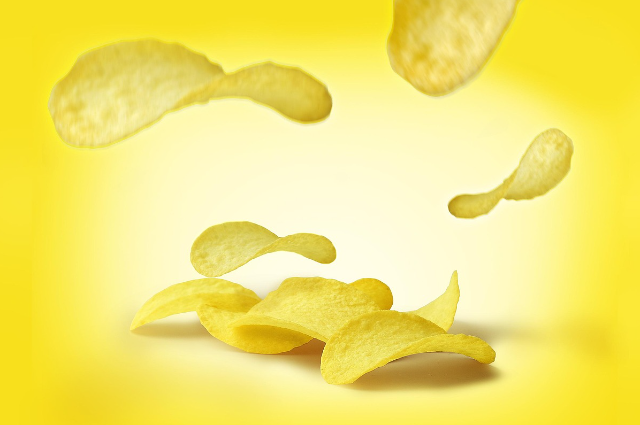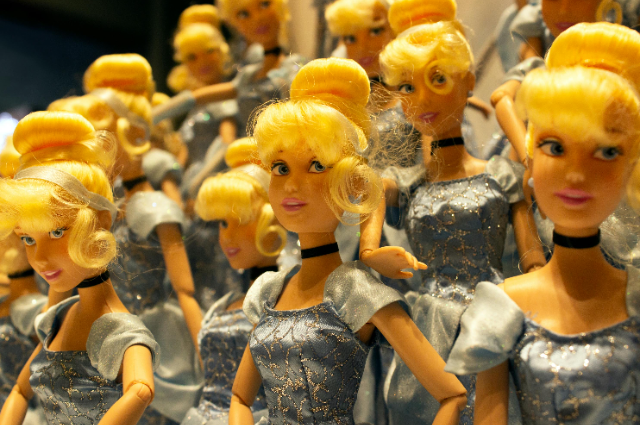
Image by Daniel Reche from Pixabay
Remember the grand comeback of Hippo Chips on Zepto? For a moment, we all went back to our childhoods, that burst of excitement, that sudden craving for the salty, crunchy treasure we once loved. Only to find out it was an April Fool’s prank. Heartbreaking, wasn’t it?
This is the perfect example of nostalgia marketing at play. It's when brands tap into our fond memories and emotions to catch our attention, and while sometimes it's genuinely cool, other times, like in the case of Hippo Chips, it can feel a little uncool and even disappointing.
Nostalgia marketing works because it pulls at the strings of memory, creating an instant emotional connection. But as we’ve seen, when brands don’t follow through, it can also backfire.
What is Nostalgia Marketing?
Nostalgia marketing is when brands use memories, especially from our childhood or teenage years, to spark emotions and create a bond with us.
It’s like a shortcut to our hearts. Instead of introducing something completely new, they bring back what we already love and miss.
Think old-school logos, limited-edition re-releases, 90s-themed collections, or even ads that feel like they were pulled straight out of a VHS tape.
It’s not just about selling a product, it’s about selling a feeling. A memory. A moment we wish we could relive.
Fun Fact!
The word nostalgia comes from two Greek words,
"Nostos" meaning homecoming and "Algos" meaning pain or ache.
So literally, nostalgia originally meant "the pain of wanting to return home."
It wasn’t about happy memories at all, it was about deep emotional suffering!
Pretty wild, right?
Something that today makes us smile once literally meant heartbreak.
Why Does Nostalgia Marketing Work So Well?
It Makes Us Feel Good Instantly.
When we think about the “good old days,” our brain releases dopamine, the happy hormone. Suddenly, buying that old snack, listening to that retro playlist, or wearing that vintage tee doesn’t feel like spending; it feels like coming home.
It Builds Immediate Trust:
We’re naturally drawn to what’s familiar. If a brand reminds us of something we trusted as kids, we're more likely to trust them again, without much convincing.
It Creates a Sense of Belonging:
Ever noticed how everyone starts bonding when an old TV show theme song plays?
Nostalgia brings people together. Brands use it to create a community feeling - “You loved this too? Me too!”
It Offers an Escape:
Let’s be real, adulting is hard. Nostalgia marketing offers a break from today's chaos.
Even if it’s for a few minutes, it lets us slip back into simpler, happier times.
Remember the Harry Potter Kinder Joy Crazy during March, that is an example of how Nostalgic marketing works if you hit the correct audience but if you miss, it does backfire.
When Nostalgia Marketing Goes Wrong
As much as it works, nostalgia marketing isn’t bulletproof.
If brands don’t deliver on what they promise, like the Hippo Chips prank, it can seriously backfire.
Instead of feeling warmth and trust, people feel betrayed. And trust, once broken, is hard to rebuild.
Consumers today are smart. They can sense when nostalgia is genuine versus when it’s being used as a gimmick.
Top 5 Nostalgia Comebacks That Broke the Internet

- Barbie Core Explosion (2023–2024): After the Barbie movie, everything pink, sparkly, and plastic-fantastic made a comeback from fashion to home decor.
- Dunkaroos Return (2023): The iconic '90s snack came back by popular demand, instantly flooding Instagram feeds with people reliving their lunchbox days.
- LEGO’s Retro Sets (2024): From Pirates to BIONICLE, LEGO revived classic collections, and adults happily dropped cash to "build their childhood back.
- McDonald’s Adult Happy Meals (2022): Who thought grown-ups would rush for toys? Turns out, a little McNostalgia brought millions back to the golden arches.
- Nintendo’s Mario 3D All-Stars (2023): Three classic Mario games bundled together, cue millions of fans (and memes) celebrating like it was 1996 again.
Proof that when brands sell us our childhoods, we’re more than ready to swipe, tap, and relive!
Nostalgia and Social Media: A Match Made in Heaven
Social media isn’t just a place to keep up with the latest trends; it’s also a nostalgic treasure chest. Whether it's TikTok dances to throwback songs or Instagram accounts dedicated to 90s pop culture, these platforms have given nostalgia a new life.
How does it work?
- Short, Shareable Content: TikTok’s quick, catchy content makes it easy for brands to spark memories through 15-second clips of retro ads, reboots of old jingles, or viral “unboxings” of retro products
- User-Generated Content: Brands often engage their audiences by encouraging them to share their nostalgic moments, like McDonald’s did with its Adult Happy Meals. It turns the audience into a part of the marketing campaign, creating engagement that feels personal.
Nostalgia marketing is a powerful tool, but it’s a double-edged sword. It has the potential to create deep emotional connections, build trust, and foster a sense of belonging, all of which are incredibly valuable for brands. When done right, it can make consumers feel seen, heard, and even bring them back to their happiest memories. Think about the joy that flooded through many of us when we saw Hippo Chips make a "comeback", even if it was just for a brief moment before the prank was revealed.
However, nostalgia marketing requires finesse. Brands need to tread carefully, being mindful of the fine line between evoking fond memories and exploiting them. When a brand fails to deliver, like the Hippo Chips incident, it leaves customers feeling disappointed, and that emotional bond is broken, sometimes irreparably.
The key to effective nostalgia marketing lies in authenticity. Brands should honor the emotions they’re tapping into rather than treating memories as just another marketing ploy. It’s not enough to just sell a product, they need to sell the feeling attached to it.
As we move forward, nostalgia will remain an influential force in advertising. But for brands to harness their full potential, they must understand their true power, the ability to evoke feelings of warmth, familiarity, and comfort. And when they get it right? They’re not just selling us a product; they’re selling us a piece of our past and, in many ways, a better version of ourselves. After all, we’re not just buying memories; we’re buying the emotions that come with them.
